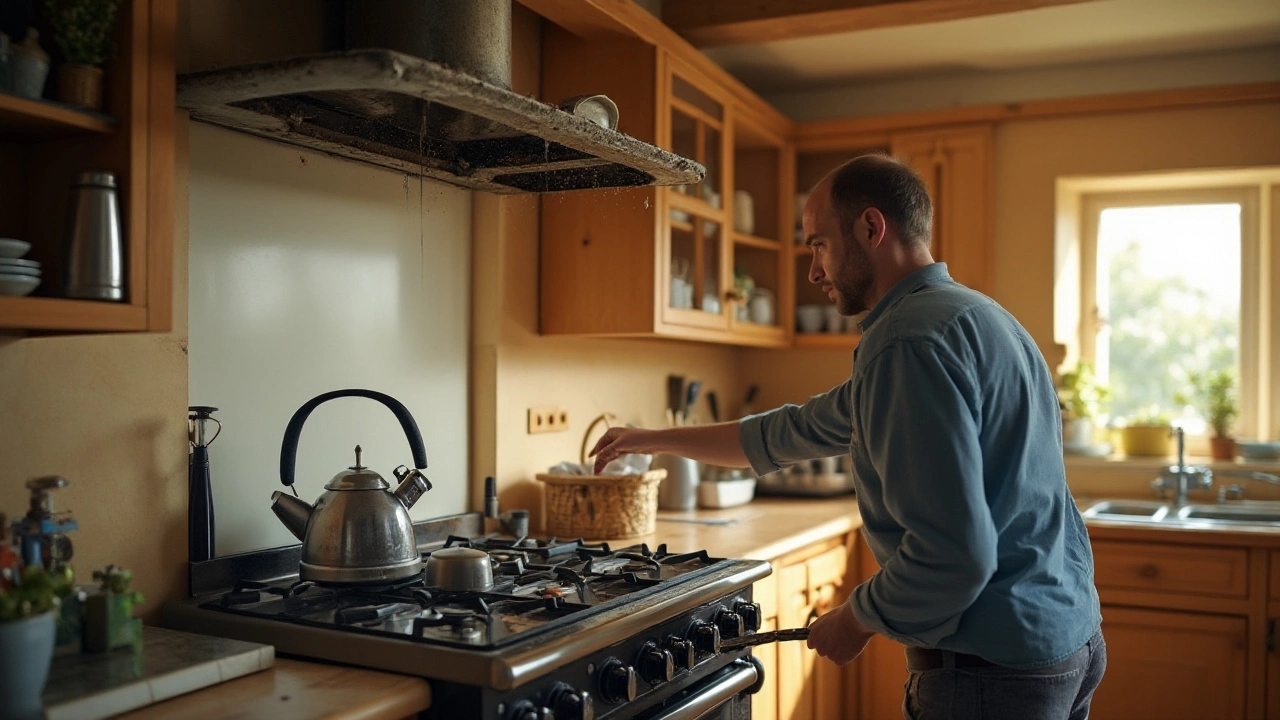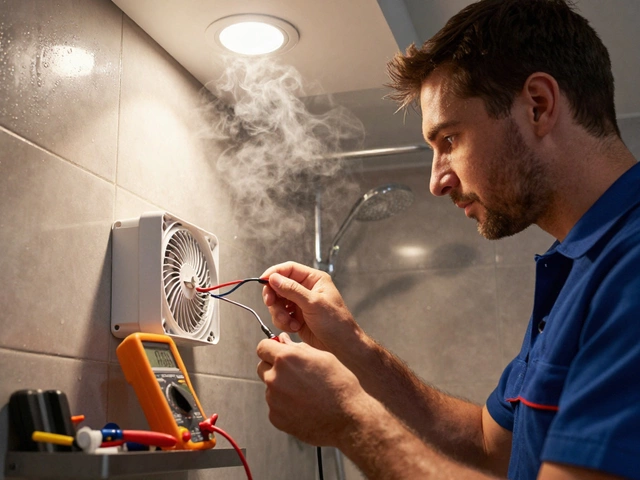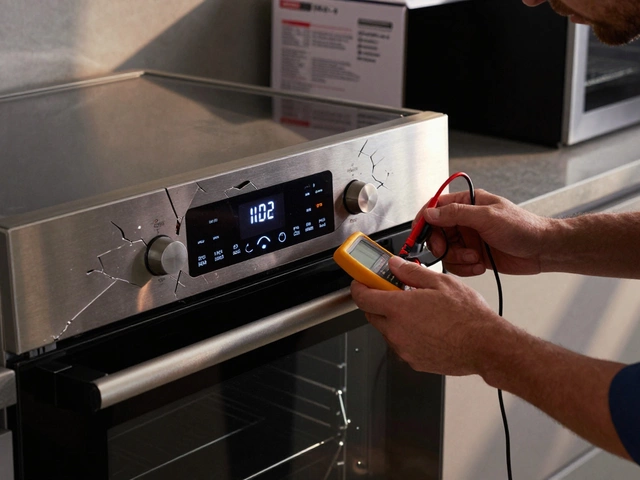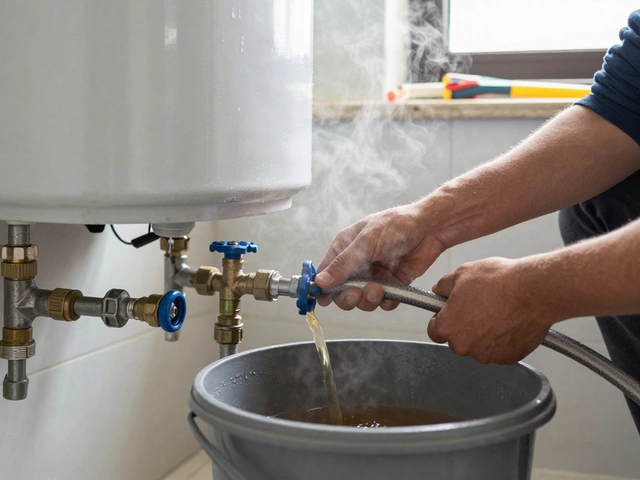Ventilation System Guide: Keep Your Home Fresh and Safe
Good airflow is something most of us take for granted until the air feels stale or the kitchen fills with smoke. A proper ventilation system does more than just move air – it removes moisture, odors, and harmful particles, protecting your health and your home’s structure. Below you’ll find practical advice on picking the right system, installing extractor fans, and fixing the most common issues without calling a pro every time.
Why a Good Ventilation System Matters
Every bathroom, kitchen, and laundry room produces humidity that can lead to mould if it stays trapped. Likewise, cooking fumes, gas smells, and pet dander need a clear exit path. When ventilation works, you’ll notice cooler rooms, less condensation on windows, and a lower risk of indoor air‑quality problems. In short, a well‑designed system keeps your house comfortable, saves energy, and extends the life of appliances like boilers and heat pumps.
Common Ventilation Issues and Simple Fixes
Most homeowners run into three recurring problems: a fan that won’t turn on, poor airflow, and noisy operation. Here’s how to tackle each.
Fan won’t start – First, turn off the power at the breaker and check the fan’s wiring. Loose connections are often the culprit. If the wires look solid, test the fan motor with a multimeter; a lack of continuity means the motor needs replacing. For extractor fans, many services, including Hinckley Home Appliance Repair, can swap the motor in under an hour.
Weak airflow – Over time, dust and grease build up on the blades and inside the ductwork. Remove the fan cover, clean the blades with warm, soapy water, and vacuum the duct. If the duct is long, consider a quick professional clean to clear blockages. Adding a higher‑CFM fan can also boost performance, but make sure the existing duct can handle the increased volume.
Noisy operation – Rattling often comes from loose mounting brackets or a wobbling blade. Tighten all screws and inspect the fan housing for cracks. Sometimes, a worn‑out bearing is the cause; lubricating it or replacing the bearing usually silences the hum.
When you’re planning a new installation, remember these tips:
- Choose a fan rated for the room size – kitchen fans need higher CFM than bathroom fans.
- Position the fan near the source of moisture or smoke for the quickest removal.
- Run a short, straight duct to the outside; bends trap dust and reduce airflow.
- Make sure the fan is wired to a dedicated circuit for safety.
If you’re unsure about wiring or duct sizing, a qualified installer can handle the job safely and quickly. Hinckley Home Appliance Repair Services offers a free on‑site quote and can match the right fan to your home’s layout.
Maintenance is the secret to long‑lasting performance. Set a reminder to clean the fan cover every three months, check for condensation buildup, and listen for new noises. A quick visual check each season can spot problems before they become costly repairs.
In a nutshell, a reliable ventilation system starts with the right fan, proper installation, and regular upkeep. By following these straightforward steps, you’ll enjoy fresher air, lower energy bills, and fewer emergency calls to a repair technician.
Ready to upgrade or fix your ventilation? Contact Hinckley Home Appliance Repair Services today – we’ll get your home breathing easy again.
14 December 2024
·
0 Comments
Kitchen extractor fans are crucial for maintaining a clean and exhaust-free cooking environment. Over time, these fans may face wear and tear, leading to reduced efficiency or even malfunction. This article delves into the possibility of repairing extractor fans, exploring common issues, repair techniques, and when it's best to consider professional assistance. Additionally, tips for regular maintenance will help ensure your kitchen fan continues to function optimally.
Read more






